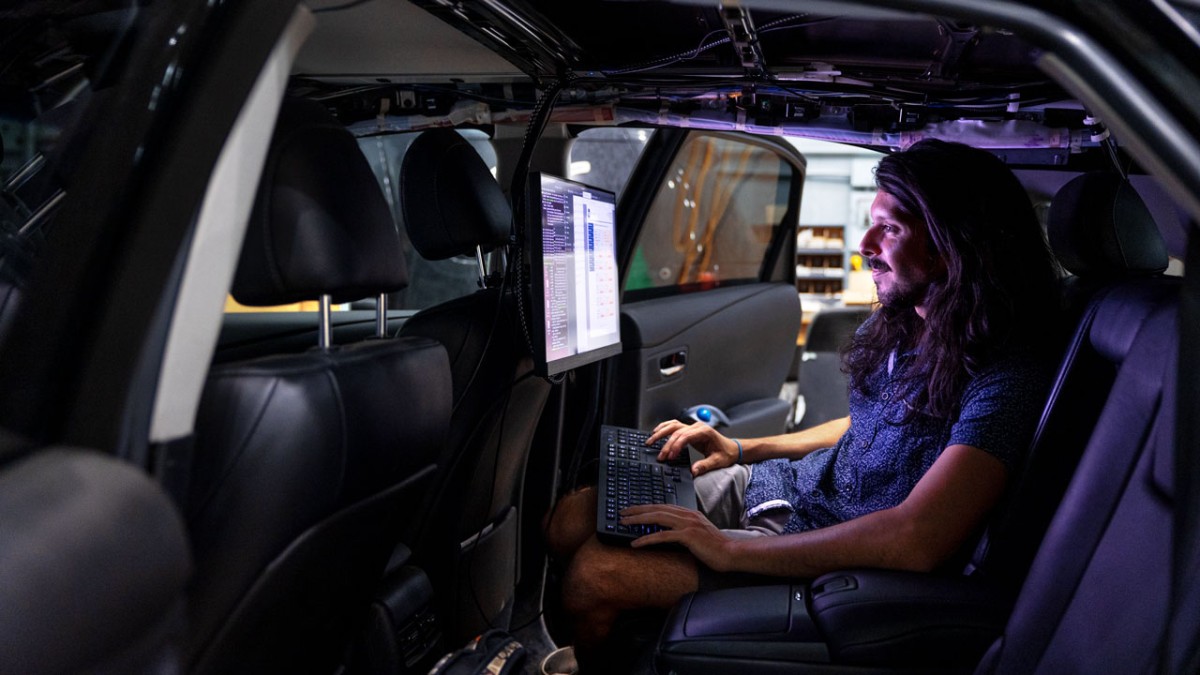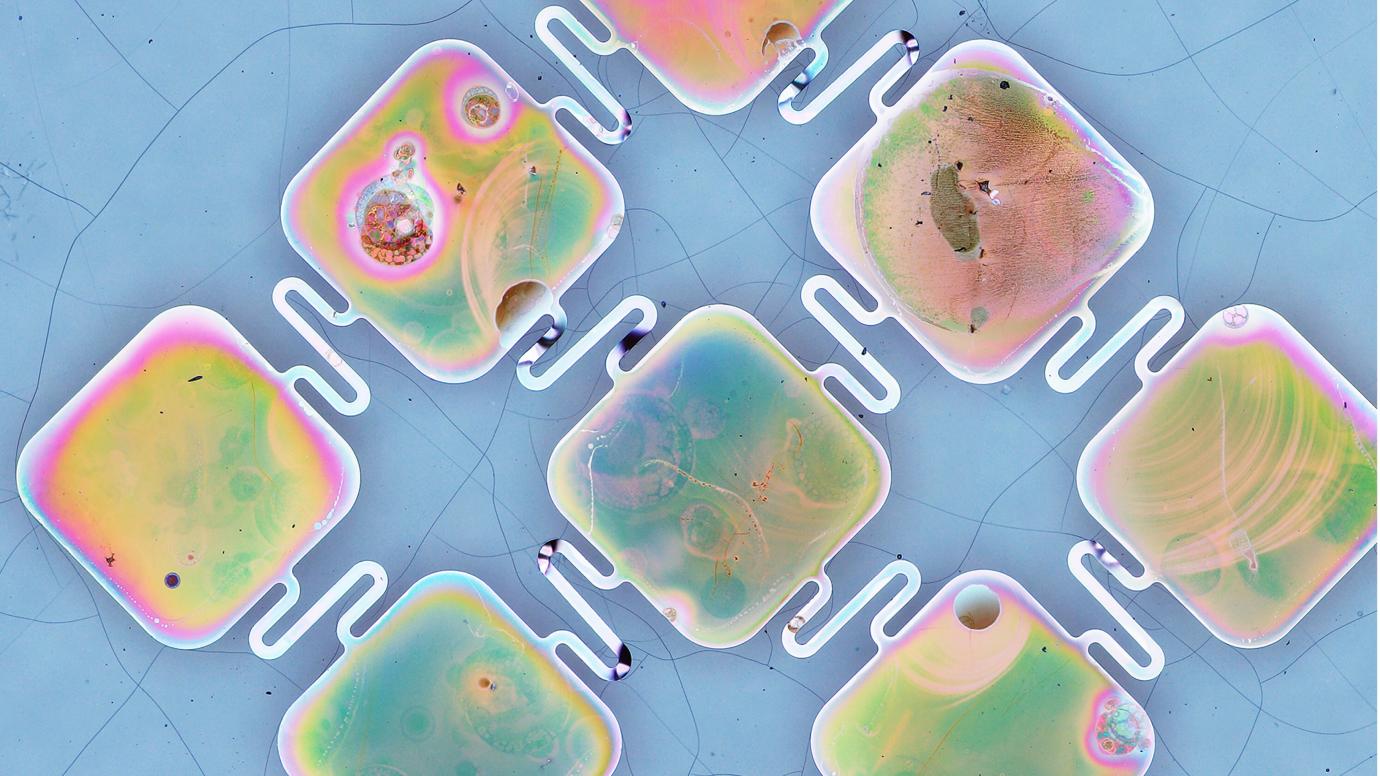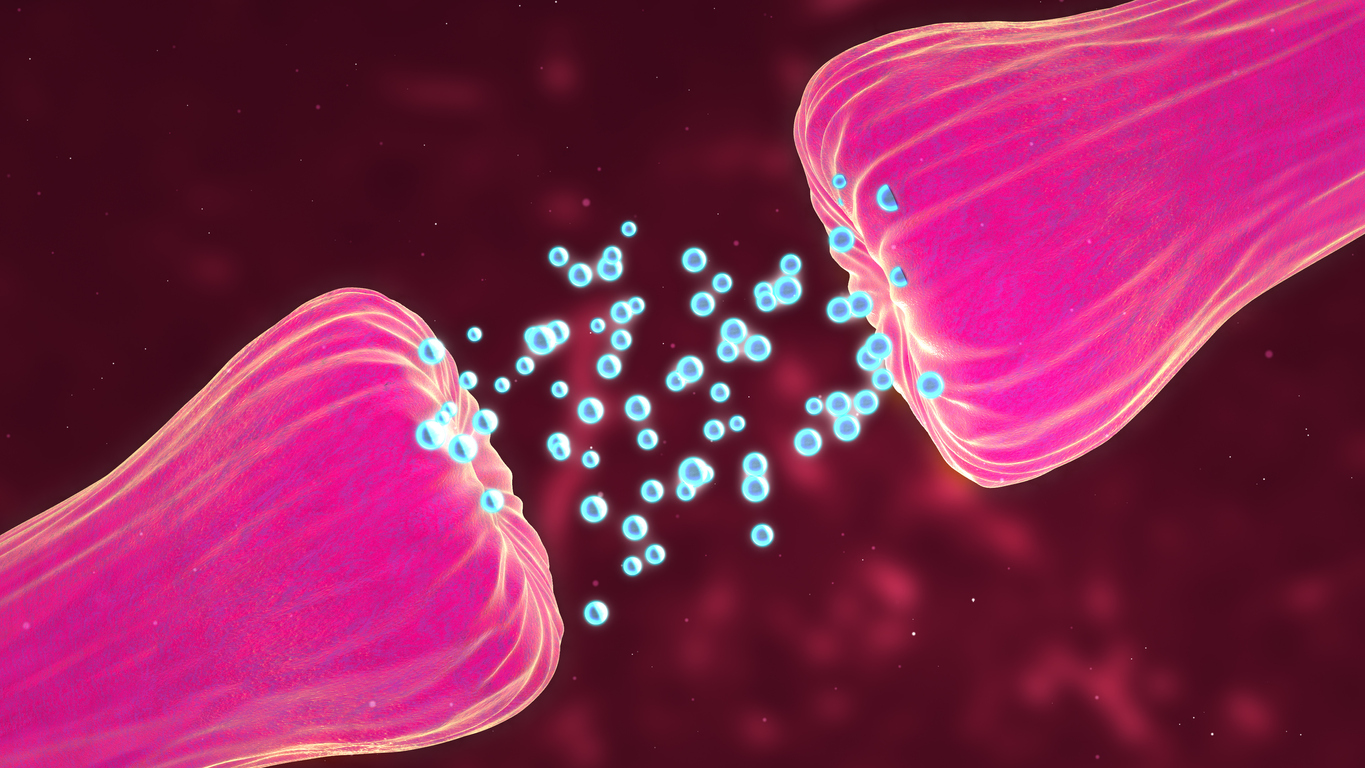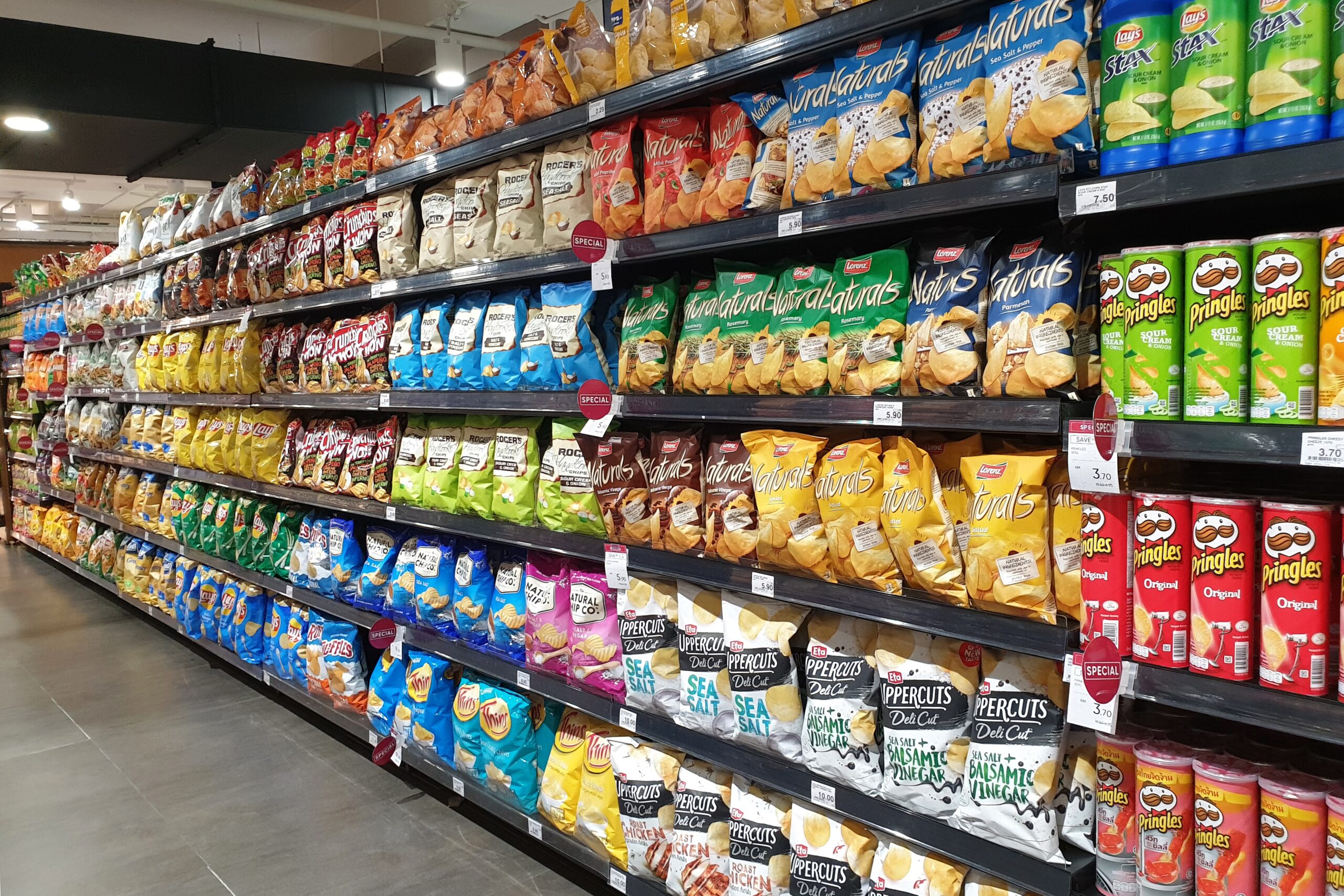Microfluidics is a science and technology for studying and manipulating liquids on a very small scale that is gaining popularity.
A recent advancement in the field is the development of “lab on a chip,” which allows for the creation of a microchip that can diagnose diseases using only a small amount of biological material, such as blood or urine.
For certain illnesses, researchers have portable diagnostic instruments, such as fast COVID-19 antigen assays, that they may utilise on the fly. The vast number of moving parts required to produce more advanced diagnostic chips capable of detecting the specific strain of COVID-19 or assessing biomarkers such as glucose or cholesterol is a significant hurdle to their development.
The game-changing microchip.
The utilisation of materials to confine the liquid, pumps and tubing to manipulate the liquid, and wires to activate the pumps – all of which would be challenging to accomplish at the microscale – would be required for such chips. Scientists at the University of Minnesota Twin Cities were able to create a microfluidic device that did not require any of the bulky parts previously mentioned.
By spreading liquid droplets across a microchip in a controlled manner, a range of lab-on-a-chip technologies for identifying virus infections or bacteria in a sample are available. The researchers at the University of Minnesota developed a method to measure surface tension after being inspired by a curious real-world phenomenon that wine drinkers are familiar with: the “legs,” or long droplets that form within a wine bottle as a result of surface tension caused by alcohol evaporation.
Small electrodes were placed very close together on a 2 cm square chip using a technique developed by Oh’s team in the early 2010s, creating strong electric fields that dragged droplets across the chip, creating a comparable “leg” of liquid that could be used to detect the molecules contained within.
The electric field generated is so strong that the device only requires less than one volt of electricity to function effectively, thanks in part to the electrodes’ near closeness (they are only 10 nanometers apart). The researchers were able to activate the diagnostic chip with near-field communication signals from a smartphone, the same technology that is used in commercial venues for contactless payment, because it required such a low voltage.
For the first time, scientists have successfully wirelessly triggered tiny channels without the need of microfluidic structures, paving the way for future home diagnostic microchip that are more economical and accessible.
The researchers believe that at this point in the epidemic, everyone realises the crucial need of at-home, fast, point-of-care diagnostics in a situation like this. Despite the availability of technology, we require methods that are both faster and more sensitive to satisfy our objectives. By scaling and producing in big quantities at a high rate of density, these complex technologies can be used as at-home diagnostics at a cheaper cost.
Oh’s lab is cooperating with GRIP Molecular Technologies, a Minnesota-based firm, to commercialise the microchip platform. GRIP Molecular Technologies is a company that makes home diagnostic devices. The chip could be used for a variety of things, including detecting viruses, pathogens, bacteria, and other biomarkers in liquid samples, among other things.
In-home diagnostics must be economical and simple to use in order to be commercially effective according to Bruce Batten, founder and president of GRIP Molecular Technologies. Low voltage fluid movement, such as that accomplished by Professor Oh’s team, is required to meet both of those criteria. GRIP was lucky to be able to work on the development of our technological platform with the University of Minnesota. It is critical to link basic and translational research as early as possible in order to build a pipeline of novel, game-changing technologies.
The research team comprised Daniel Klemme (PhD’19) and Daehan Yoo (PhD’16) from the University of Minnesota’s Department of Electrical and Computer Engineering, as well as Ph.D. student Peter Christenson, who worked with Oh and Ertsgaard on the project.
Story Source: Original story by University of Minnesota. Note: Content may be edited for style and length by Scible News.
Reference
Ertsgaard, C.T., Yoo, D., Christenson, P.R. et al. Open-channel microfluidics via resonant wireless power transfer. Nat Commun 13, 1869 (2022). https://doi.org/10.1038/s41467-022-29405-2








